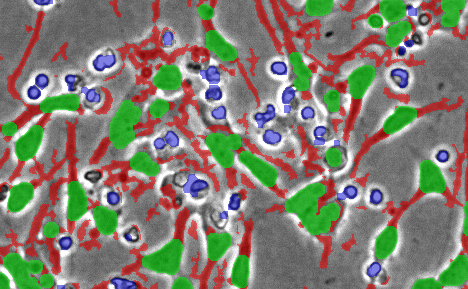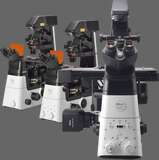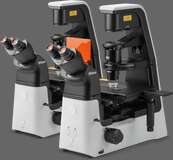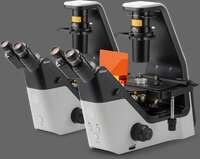- en Change Region
- Global Site
- Home
- Resources
- Applications
- Life Sciences
- Cell culture and Maintenance
Applications
Cell culture and Maintenance

Cell culture is becoming a science in its own right with the growth of interest in cell-based studies, and especially live cell studies for research. Both prokaryote and eukaryote cells may be grown in culture for a wide variety of cell-based assays investigating, for example, cell growth, differentiation, morphology, apoptosis, protein expression, drug localization, toxicology, and mechanisms of action, in low, medium and high throughput environments. Stem cell culture for regenerative medicine is a particularly important cell culture application.
Reliable results in cell studies begin with healthy and, as far as possible, uniform cell populations especially for large scale studies. For optimal cell health it is important to maintain cells in conditions that mimic their in vivo environment and to protect cells from contamination or infection. Even small changes in temperature, humidity, and CO2 levels could have an impact on cell growth. A variety of cell culture incubators, cell culture vessels, and growth media are now available, allowing cells to be grown under specified and tightly controlled conditions.
Regular observation of cells in culture is important in monitoring cell health and stage of growth. Microscope imaging methods for cell culture commonly include brightfield, darkfield, phase contrast, Nikon Advanced Modulation Contrast (NAMC), and/ or DIC. Removing cells from the incubator for observation, however, may incur a risk of contamination, environmental and physical stress. Several manufacturers have developed heated stages and/or microscope-mounted environmental enclosures designed to reduce environmental stress during imaging. Nikon, in addition, has developed BioStation CT, a combined incubator and microscope imaging system that avoids the need to remove cells from the incubator for monitoring.
- Home
- Resources
- Applications
- Life Sciences
- Cell culture and Maintenance



